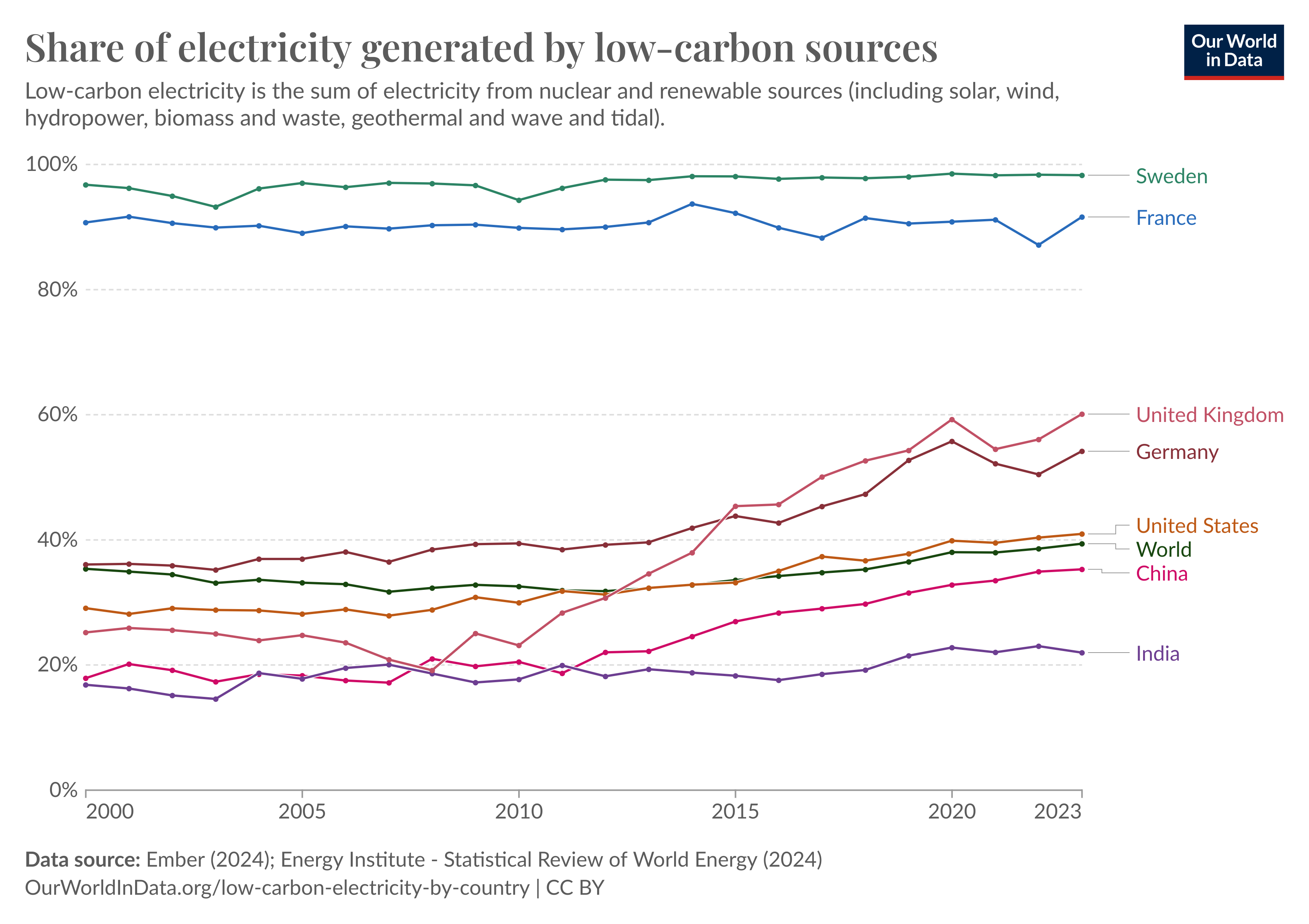Interesting that the difference is already that big, given that the US energy production is still depending a lot on fossile fuels (60%). And this factor is about to improve.

A community for the sharing of links, news, and discussion related to Electric Vehicles.
Interesting that the difference is already that big, given that the US energy production is still depending a lot on fossile fuels (60%). And this factor is about to improve.

Car -sized internal combustion engines are wildly inefficient. Car-sized electric motors are wildly efficient.
Fuck yeah Sweden
The real big deal is that the emissions are localized to the area power generation, instead of the air around neighborhoods, parks and generally large groups of people. It's much easier to trap emissions from one source compared to many millions of sources.